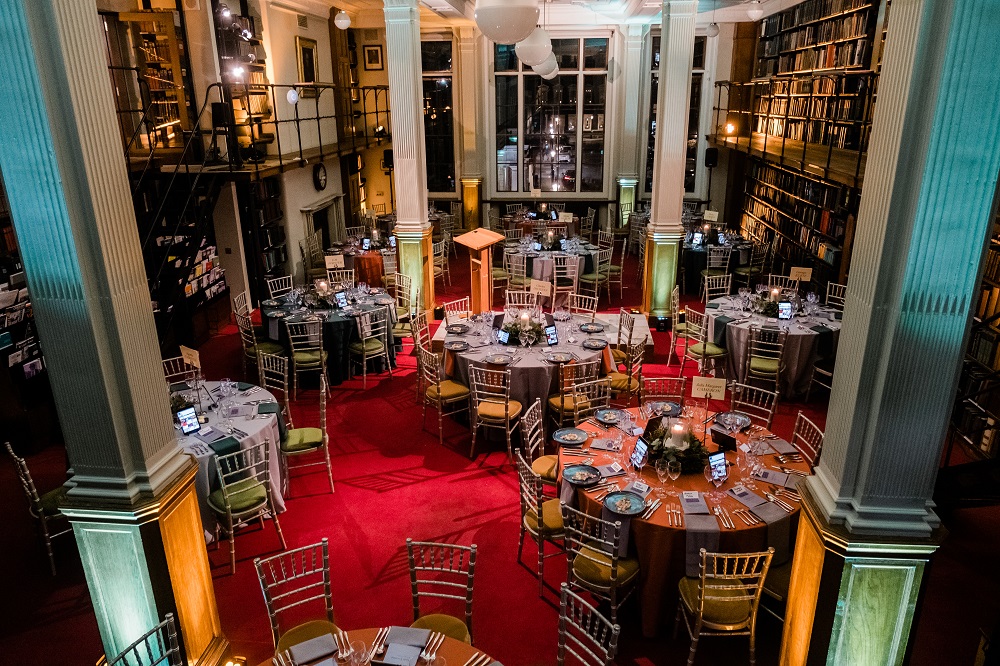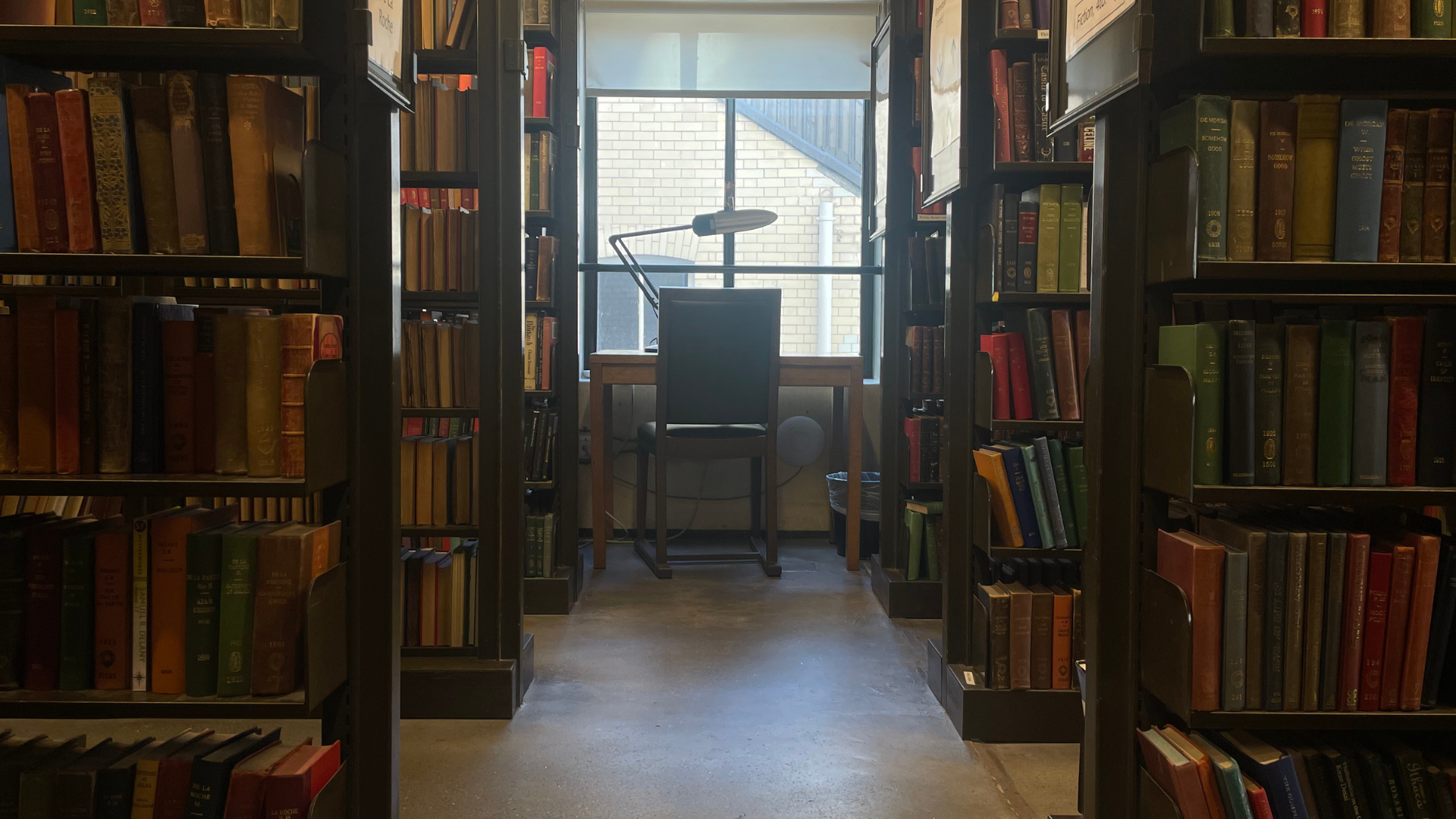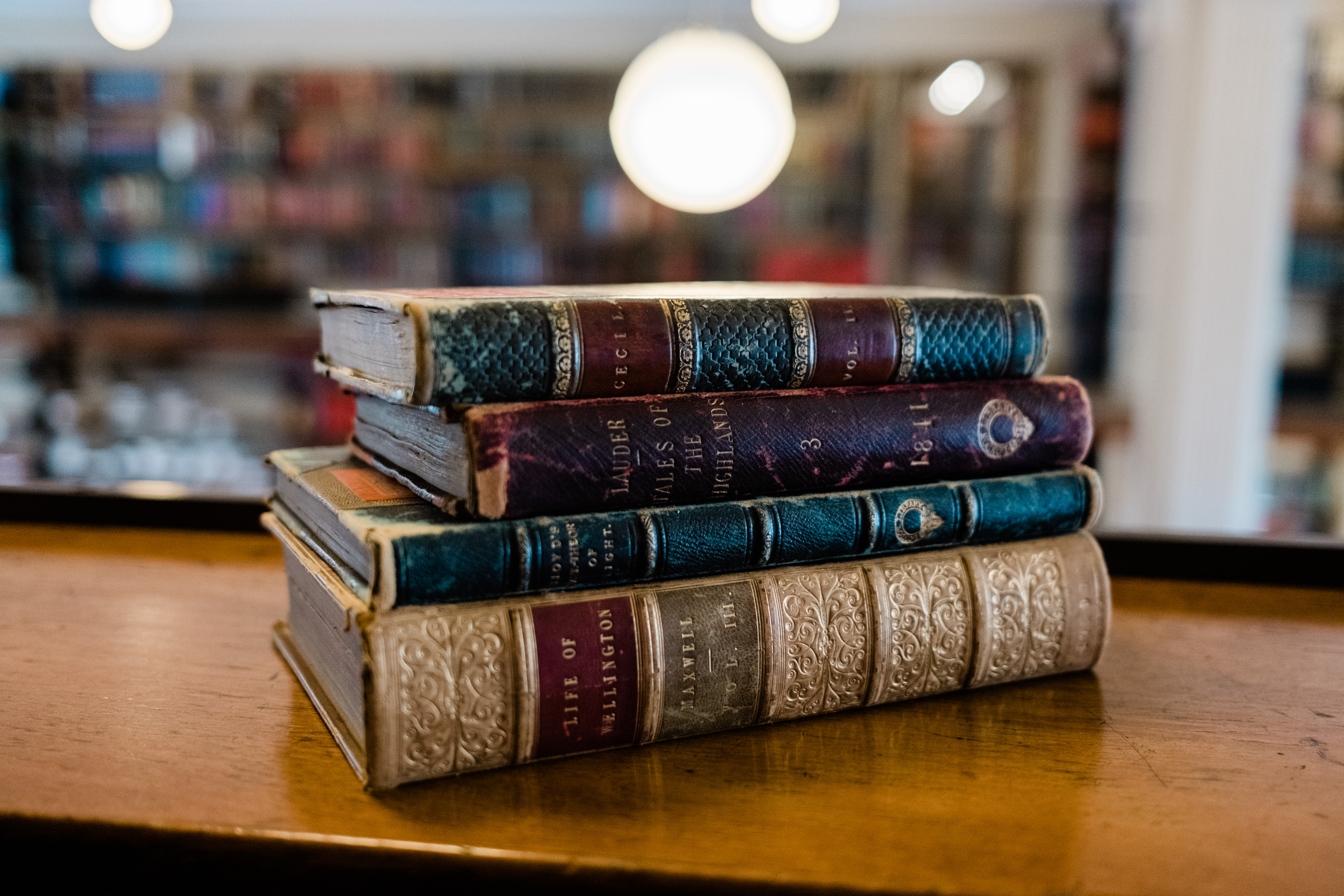Archive Advent Calendar: 12 December 2013
A year after the success of Scenes of a Clerical Life (1858) George Eliot published her first novel Adam Bede to critical success. During the same year her gothic horror story The Lifted Veil appeared in Blackwood’s Magazine and she was also conducting research for “Mill on the Floss” which was published hot on the heels of Adam Bede in 1860.
“At the beginning of the year [1859] she [George Eliot] had gone into town to the London Library to research ‘cases of inundation’ and found useful examples of widespread destruction in the northeast of England during the late eighteenth and early nineteenth centuries.”[i]
George Eliot’s use of the Annual Register in her research on cases of “inundation” recorded in her journal in January 1859 factually underpins the final dramatic flooding scenes in the Mill on the Floss, one of her most enduring and autobiographically revealing novels.
1859 was also the year Eliot was outed as the female writer behind the pseudonym she resolutely retained. Fiercely intelligent, staggeringly talented and brave enough to weather both social disapproval and whipped-up gossip for her relationship with G.H. Lewes, Eliot was a towering female talent in Victorian literary London. Three significant men in her life: G.H. Lewes her partner; Dr John Chapman proprietor of the Westminster Review which Eliot contributed to and edited between 1851 and 1854; and her publisher John Blackwood were also all subscribing members.
Check in tomorrow to find out which defining modern novelist resuscitated and reconfigured George Eliot’s waning literary reputation in a piece in the TLS in 1919.
[i] Catherine Hughes George Eliot: The Last Victorian. London:Fourth Estate, 1998.
















